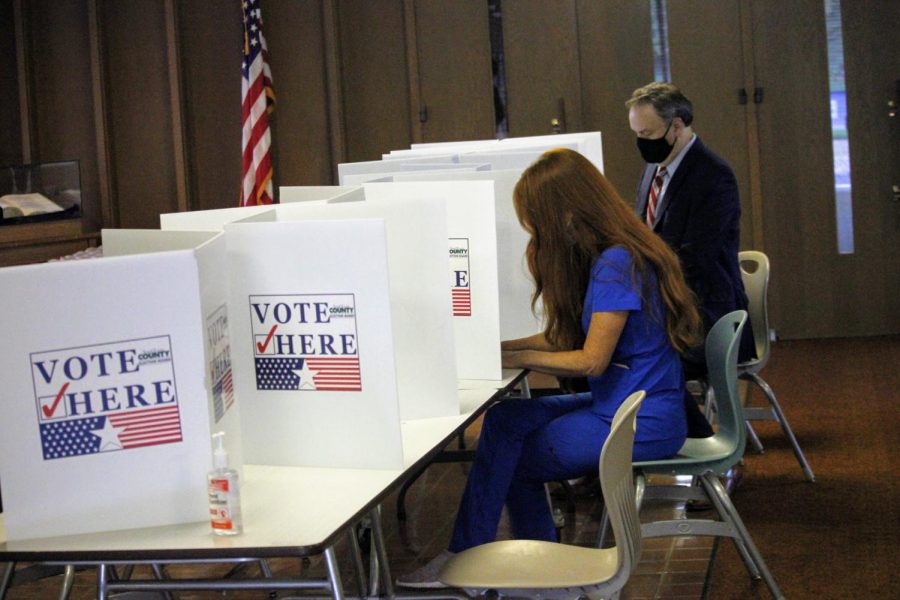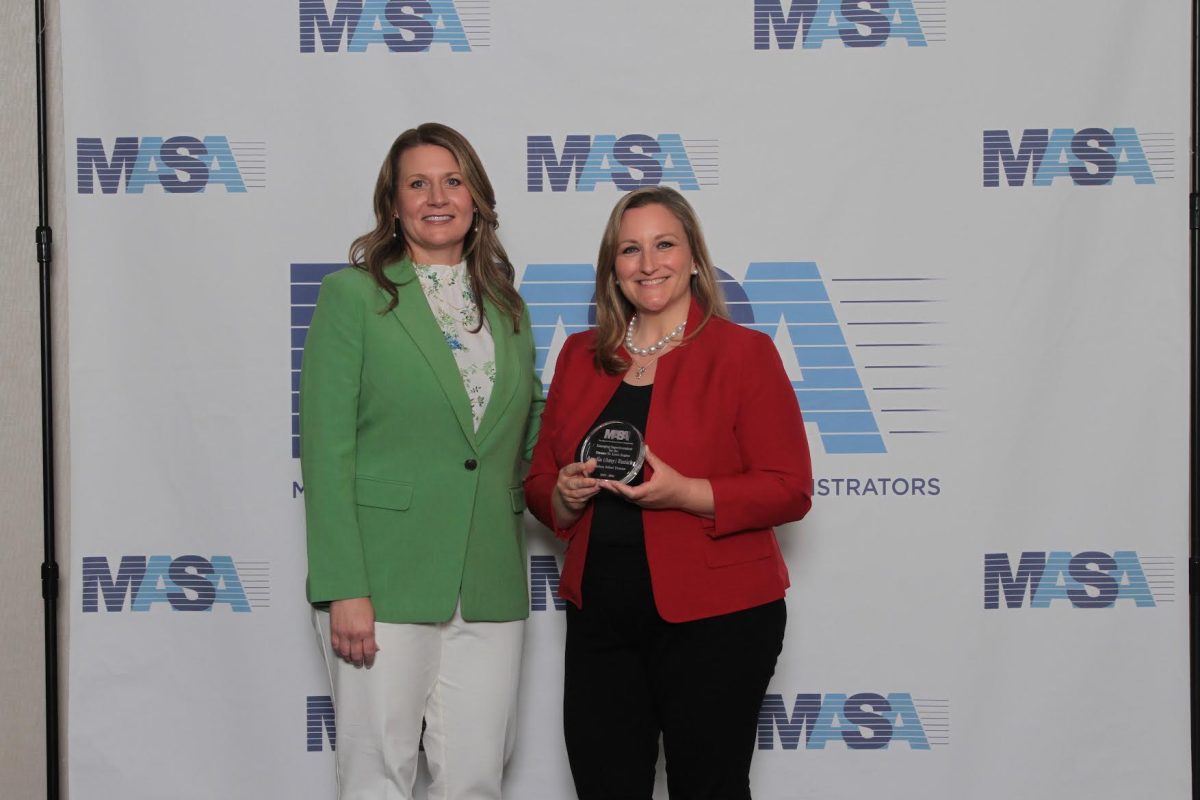As the COVID-19 pandemic causes economic uncertainty across the county, local political subdivisions such as the Mehlville School District are left to do the math to see the effects the pandemic will have on both this year and next year’s budgets.
At the May 21 Board of Education meeting, Chief Financial Officer Marshall Crutcher told board members that the district has had a net loss of $539,000 since April due to a myriad of factors, including fewer school days, a reduced Missouri state budget and lower sales taxes. Amendments to the budget have to be approved by board members.
“There’s a lot that’s gone on in three months in this world. It’s sort of stunning to think of all that’s gone on in three months,” said Crutcher during the virtually-held meeting.
Although the entire school year operated with a budget surplus, the district’s revenue declined $1.3 million since February, from $12.48 million to $12.34 million, although Crutcher pointed out that most of the loss was from a decrease in activity funds rather than operating funds.
Revenues from food service and student activities lost $1.2 million from 45 fewer days in school — 26 percent of a school year — as students distance-learned through May and in summer school in compliance with St. Louis County stay-at-home orders to slow COVID-19.
Operating funds actually increased by $75,000 from April, due to $900,000 of favorable collections for delinquent taxes and commercial surtax.
However, that gain was offset by a $700,000 decrease from the state, after the state lowered per-student funding from $6,375 to $6,310. The state had increased per-student funding in February, prior to the widespread outbreak of coronavirus in the country, but the ultimate reduction in May and $700,000 loss resulted in a net decrease of $575,000 since February.
Additionally, the district had a $250,000 loss in sales taxes as businesses temporarily closed to comply with shelter-in-place orders and people stayed home and shopped online, which doesn’t bring any sales taxes to the district.
“Ultimately those three operating areas sort of netted out to close to break even but like I said, the majority of that $1.3 million decrease is in… non-operating funds,” said Crutcher.
Operating fund expenses actually decreased over $1.4 million, due to fewer school days and thus fewer transportation expenses, less utility usage and lower seasonal worker wages and summer school teacher salaries.
However, the decrease was offset by an increase of $650,000 in non-operating expenses and a $1.6 million increase in building capital, since the district took advantage of students being out of buildings entirely to address projects originally slated for next year this summer instead, said Crutcher.
The 2020-2021 budget, which by state law must be approved by the board by the end of June, has also been affected by the pandemic, Crutcher told the board in his 2021 budget development update at the May 21 meeting.
“When I look to see where we were compared to the April preliminary budget, we haven’t really changed a lot for next year’s budget numbers,” said Crutcher. “I think there’s still a lot of question marks.”
As proposed at the May 21 meeting, the 2020-2021 budget projects total expenditures of $124.9 million with anticipated revenues of $119.6 million. There is an operating loss of $4.1 million, but it is offset by a $4.1 million forecasted gain for the 2019-2020 budget.
Some key takeaways for the upcoming school year include a 28.6-percent cash reserve and the operating deficit of $4.1 million.
The revenue for 2020-2021 decreases by $3.8 million compared to the previous year, due to a $1.3 million loss in state formula funding, $1.7 million in local taxes due to a lower collection rate — 94.7 percent collection rate compared to the typical 97 percent — and a loss of roughly $700,000 in sales taxes.
Capital expenses decrease $2.3 million, since $1.3 million of summer projects originally slated for next school year were moved to the 2019-2020 school year. With the shift, the 2019-2020 capital expense is $5.9 million, while the 2020-2021 expense is $3.6 million. The two-year totals are the same.
Three debts from the 2000 Proposition P certificates of participation, or COPs, will also be paid off, leaving only one remaining certificate to be paid off in 2022.
“Expect more changes, we just have to stay tuned with what we keep learning and keep updating the numbers,” said Crutcher, who added that the current preliminary budget assumes a full 174-day school year. Fewer days in school buildings will result in budget adjustments.
The board will review any further amendments to the 2019-2020 budget and by law will have to approve the 2020-2021 budget at its June 25 meeting, ahead of the July 1 state deadline.
Further changes are expected with more withholdings from Gov. Mike Parson.




























